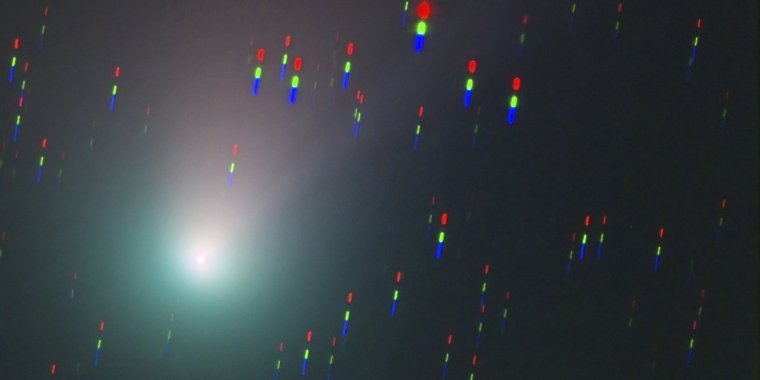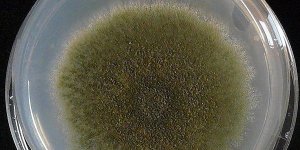| News / Science News |
Rare, Green Comet to Pass by Earth Starting This Month
If you're looking at the night skies in January and make out a tiny green light in the sky, don't panic, aliens haven't landed.

Comet C/2022 E3. Photo: Edu INAF/Wikipedia
A rare green comet is expected to pass by Earth and will be visible in the night sky for nearly a month, according to NASA and astronomers.
Comet C/2022 E3 (ZTF) was discovered last March when it was already inside the orbit of Jupiter. It is distinguishable by its green glow.
NASA scientists said the comet made its closest approach to the sun, or perihelion, on Jan. 12, and will be visible to stargazers in the Northern Hemisphere. Those in the Southern Hemisphere should be able to view the comet in February.
"Comets are notoriously unpredictable, but if this one continues its current trend in brightness, it'll be easy to spot with binoculars, and it's just possible it could become visible to the unaided eye under dark skies," NASA wrote on its "What's Up" blog earlier this month.
The comet will shift to the northwest on the horizon throughout January and it will make its closest pass of Earth between Feb. 1 and Feb. 2, according to NASA.
During that time, the comet will be 26 million miles away from the planet, according to astronomers.
The comet will be close to Mars roughly a week later, according to astronomy charts. (Tasnim News Agency)
YOU MAY ALSO LIKE





